Every year from June through September, much of Canada experiences a sharp increase in severe weather. Thunderstorms, high winds, flash floods, and even hail can sweep through neighborhoods with little warning — leaving behind damage to homes, gardens, and outdoor equipment.
While we can’t control the weather, we can control how prepared we are. Taking a few simple steps in advance can help you protect your property, reduce costly repairs, and bounce back quickly after a storm.
In this article, we’ll walk you through practical ways to get your home, yard, and tools storm-ready — whether you're in a coastal province like Nova Scotia or an inland area like Ontario or Alberta. These tips are easy to follow and can make all the difference when the next storm rolls in.
1. Inspect and Secure Your Home Exterior
Your home is your first line of defense during a storm, so it’s important to ensure it's in good condition before severe weather hits.
Check the following areas:
1. Roof
Inspect for loose, missing, or damaged shingles. Even a small issue can lead to leaks or water intrusion during heavy rain. If necessary, schedule repairs early in the season.
2. Windows and Doors
Make sure all seals are intact and that windows and doors close securely. In areas prone to strong winds, consider reinforcing them with storm shutters or temporary coverings.
3. Gutters and Downspouts
Clear out leaves, twigs, and other debris. Proper drainage helps prevent water from pooling around your foundation or overflowing into your yard.
4. Siding and Exterior Fixtures
Look for cracks, gaps, or unsecured panels that could worsen in high winds. Secure or remove loose items like decorative shutters, light fixtures, or antennas.
Don’t Forget Overhanging Trees and Branches
Overhanging branches can cause significant damage if they snap during a storm. Trim any limbs that are close to your roof, windows, fences, or power lines.
Pro tip: Take photos of your home’s condition before the storm season. If damage does occur, having “before” images can help with insurance claims.
2. Tidy Up Your Yard and Garden - Prevent Storm Damage
A well-maintained yard not only looks better but is also safer and more resilient during storm season. High winds and heavy rain can turn unsecured outdoor items and debris into hazards. Taking time to clean up now can prevent damage later.
Secure or store loose items:
Move patio furniture, umbrellas, garden tools, toys, and planters into a shed or garage before a storm. Lightweight or small objects can become airborne and damage property or injure someone during strong winds.
Clear debris and dead growth:
Walk through your yard and remove fallen branches, dead plants, and accumulated leaves. These materials can clog drains and create slippery conditions after a storm.
Check your drainage:
Look for areas where water tends to pool after rain. If necessary, consider installing gravel, French drains, or extending your downspouts to improve water flow and reduce flooding risk.
Reinforce fences and sheds:
Ensure garden structures are anchored securely to the ground. Repair any damaged panels or doors that might blow open or break away in high winds.
Maintain trees and shrubs:
Well-pruned trees are less likely to shed large branches during storms. Shape shrubs so they don’t block walkways or drainage paths.
A tidy, well-prepared yard can significantly reduce your post-storm cleanup and protect your home from unnecessary damage.

3. Keep the Lawn in Check — Before the Storm
During storm season, lawns grow quickly due to a combination of heat and rain. If left untrimmed, tall or wet grass can become tangled, waterlogged, and difficult to manage — especially after a heavy downpour.
Why mowing before a storm matters:
- Shorter grass dries faster and is easier to clean up afterward
- Reduces the risk of fungal growth and pests that thrive in long, damp grass
- Makes post-storm yard care safer and more manageable
Timing is key.
Try to mow your lawn a day or two before a major storm is expected, when the ground is still firm and the grass is dry. Avoid mowing immediately after heavy rain, as wet soil and soggy grass can damage your lawn and your equipment.
Choose equipment that can handle tough conditions.
If you live in a region with frequent summer storms, consider using a mower that’s designed for durability, is easy to clean, and can withstand exposure to moisture. For example, the Mammotion LUBA 2 robot lawn mower water-resistant model, which has rain-aware features, can help you maintain your lawn safely and efficiently throughout the season.
Regular mowing isn’t just about aesthetics — it’s a key part of protecting your yard and making storm recovery easier.
4. Prepare Emergency Essentials
Storms can cause sudden power outages, blocked roads, and limited access to basic services. Having a well-stocked emergency kit ensures you and your family can stay safe and comfortable until conditions improve.

![]() What to include in a basic emergency kit:
What to include in a basic emergency kit:
- Flashlights and extra batteries
- Portable phone chargers or a backup power bank
- Bottled water (at least 2 litres per person per day)
- Non-perishable food for 72 hours
- First aid kit with necessary medications
- A battery-powered or hand-crank radio to receive weather alerts
- Important documents in a waterproof container (insurance, ID, contacts)
Other helpful items:
- Blankets, rain gear, and a change of clothing
- Cash in small bills (ATMs and payment systems may go down)
- Sanitation supplies like moist towelettes and garbage bags
Keep your kit in an easily accessible location, and check it every season to replace expired items or drained batteries. You may also want to prepare a smaller “go bag” in case you need to evacuate quickly.
Having a plan and the right supplies can make a stressful situation much more manageable — especially if you're without power for hours or even days.
5. Inspect and Protect Your Tools and Equipment
While most storm preparation focuses on the home and garden, it’s also important to consider the tools and equipment you’ll rely on after the storm passes. Keeping them in good condition now ensures they’ll be ready when you need them most.
Store equipment in a dry, secure location
Move items like power tools, extension cords, and yard equipment into a shed, garage, or waterproof storage container. Moisture, debris, and high winds can damage exposed tools or cause rust and electrical issues.
Check fuel and battery-powered devices
Inspect lawn equipment, generators, and other machines to ensure they’re charged, fueled, and functioning properly. Replace worn cables, dull blades, or dead batteries before storm season begins.
Be prepared for cleanup
Storms often leave behind fallen branches, scattered debris, and fast-growing grass. Having reliable equipment — from pruners to heavy-duty lawn mowers — makes post-storm recovery faster and less labor-intensive.
If you’re using a mower, Mammotion LUBA 2 will be your great choice that’s durable, water-resistant, and easy to clean — especially after tackling wet or overgrown areas. A well-built machine saves time and holds up better under demanding conditions.

6. After the Storm: Stay Safe and Start Small
Once the storm has passed, take a cautious approach to assessing and cleaning your property. Prioritize safety, especially if there are fallen power lines, unstable trees, or standing water.
Steps to take after a storm:
1. Inspect your property carefully
Look for roof damage, broken branches, loose fencing, or flooded areas. Take photos for insurance documentation if needed.
2. Wait for the lawn to dry before mowing
Mowing wet grass can damage both your lawn and your mower. Once the ground is firm again, trim grass and clear debris gradually.
3. Use the right tools for cleanup
Heavy branches may require loppers or chainsaws. For overgrown or patchy lawns, use durable equipment that can handle uneven terrain and post-storm growth.
4. Check your drainage
If water collected in new areas, it might be time to consider long-term improvements like grading or a French drain.
Recovery doesn’t have to be overwhelming — with the right tools and a plan in place, you’ll be able to restore your yard quickly and safely.
Final Thoughts: Be Storm-Ready, All Season Long
Summer storms are a fact of life in many parts of Canada — but damage and stress don’t have to be. By preparing your home, lawn, and equipment ahead of time, you give yourself peace of mind and a much smoother path to recovery.
If you're looking for durable, low-maintenance lawn equipment that performs well in wet or unpredictable weather, explore our latest models designed with storm season in mind.


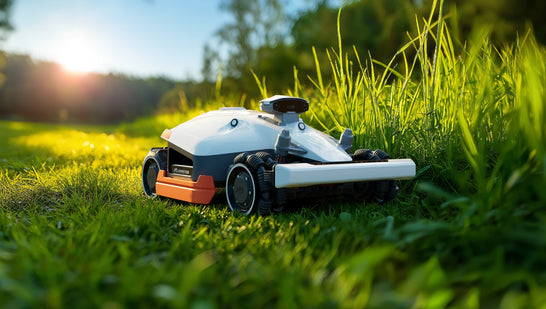
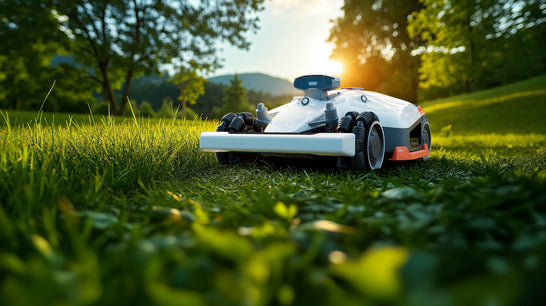
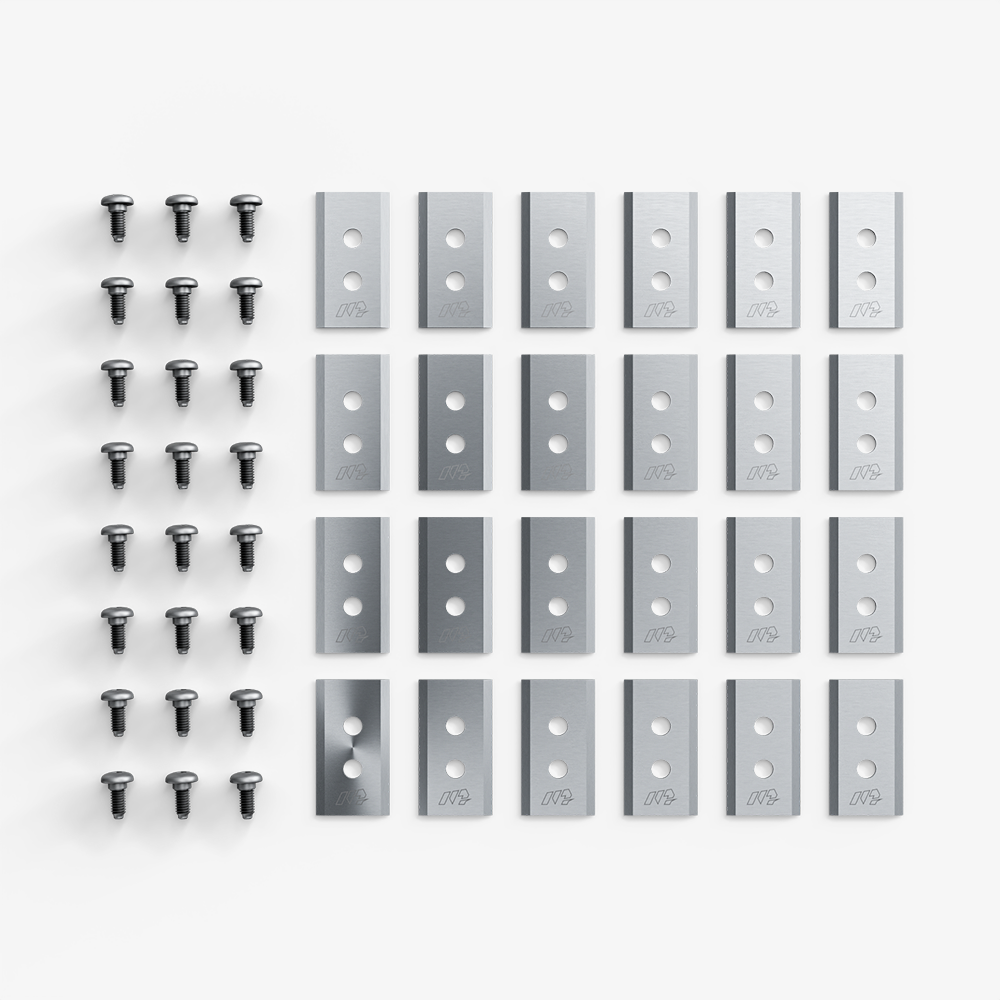
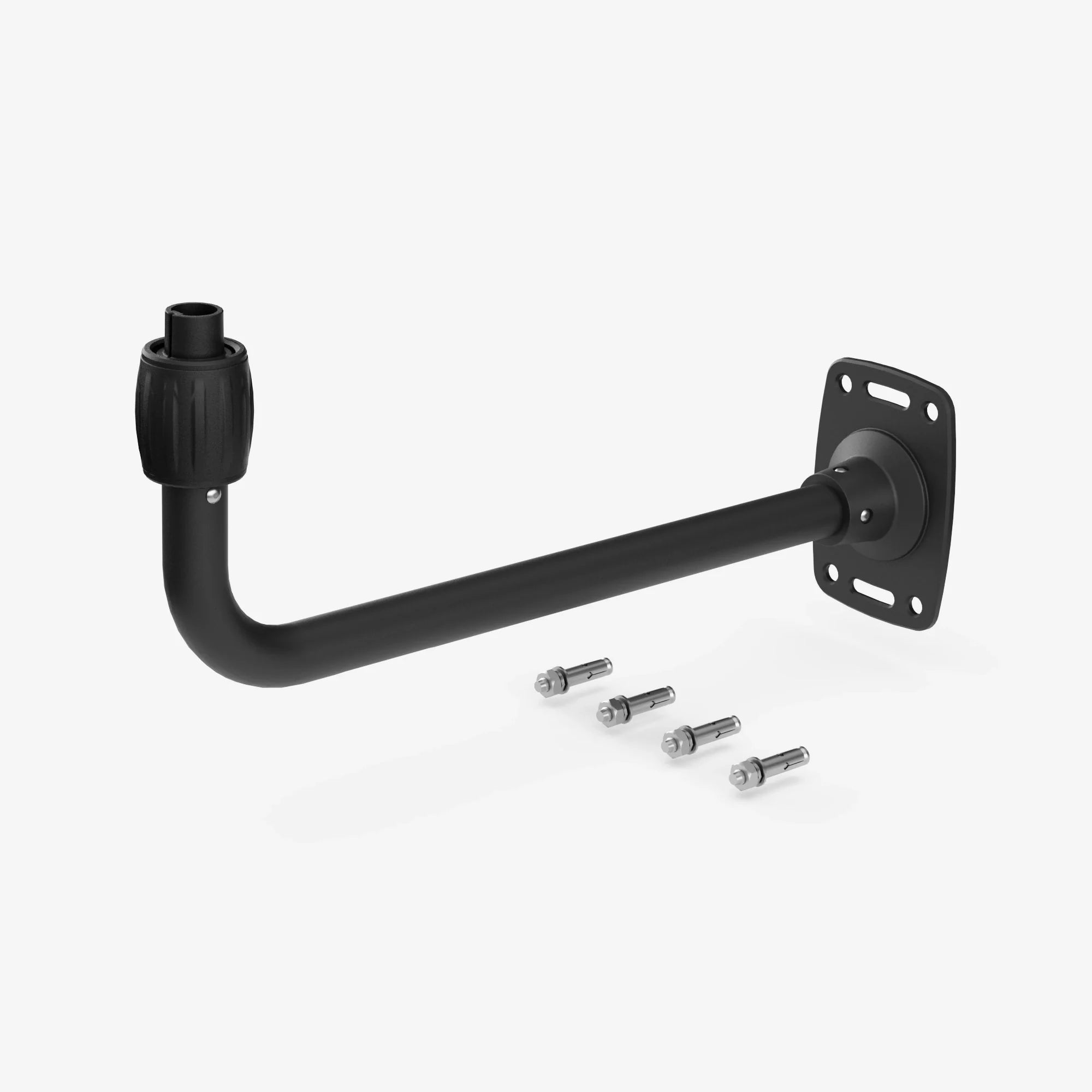
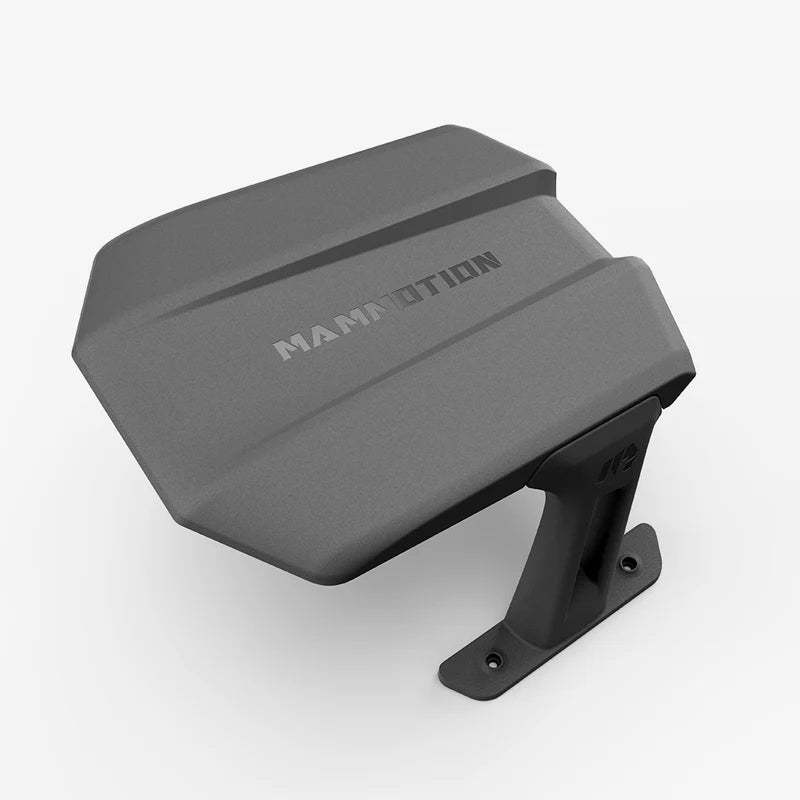
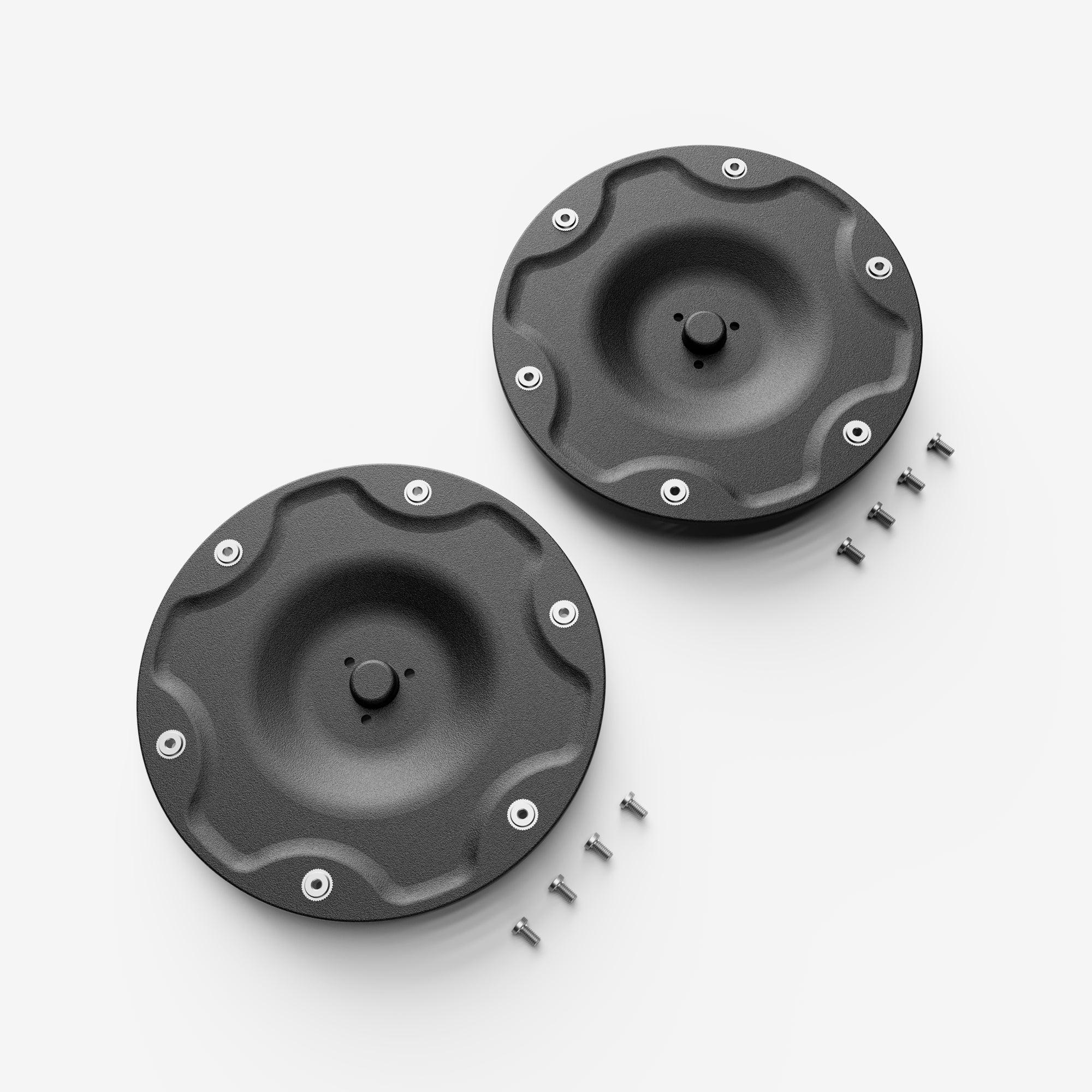

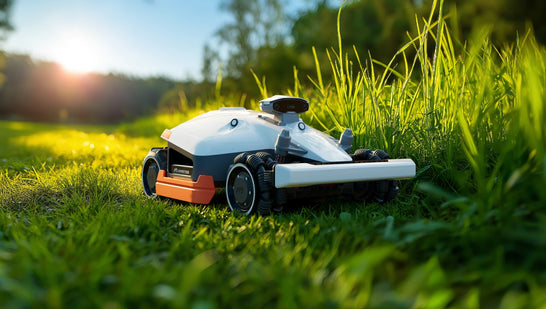
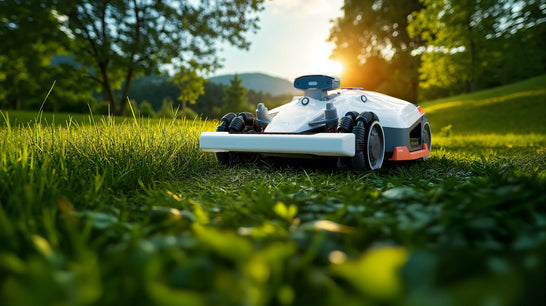


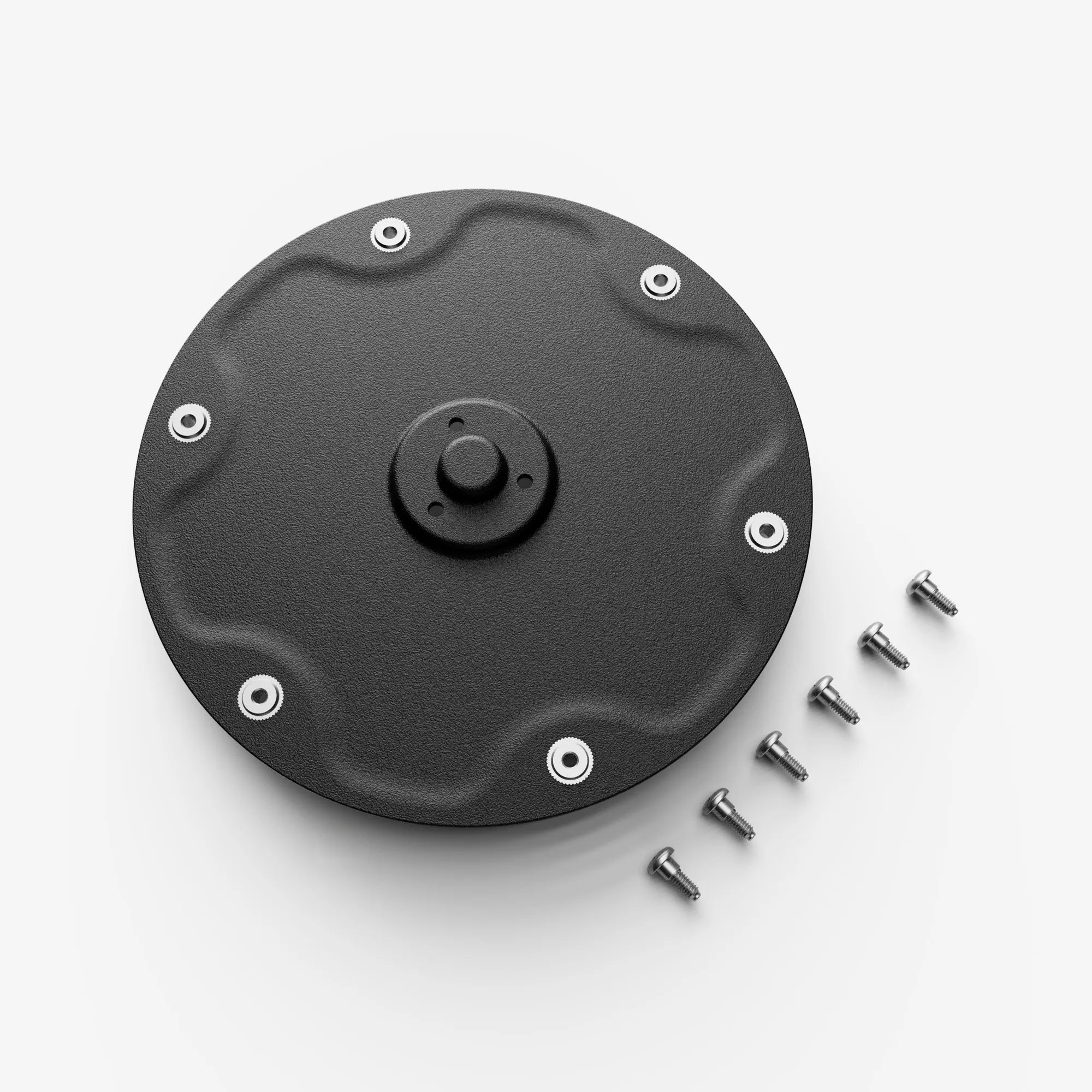
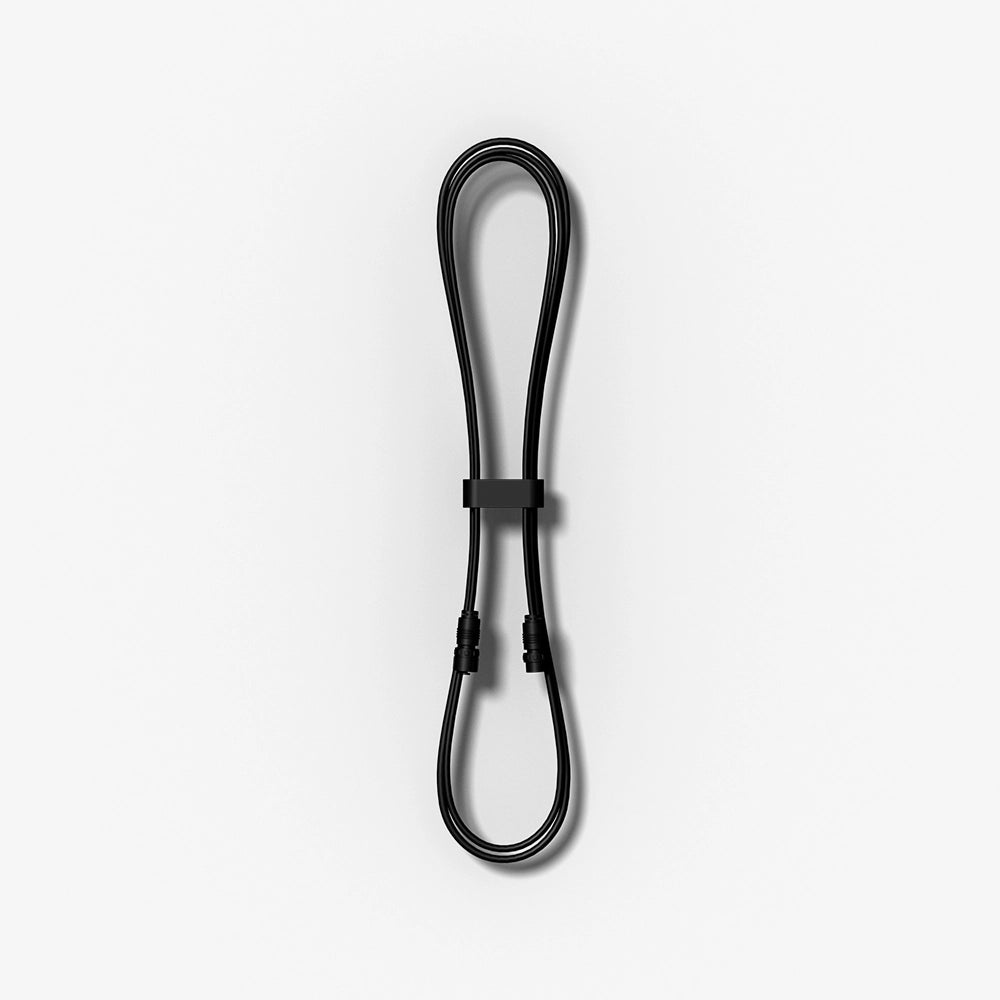

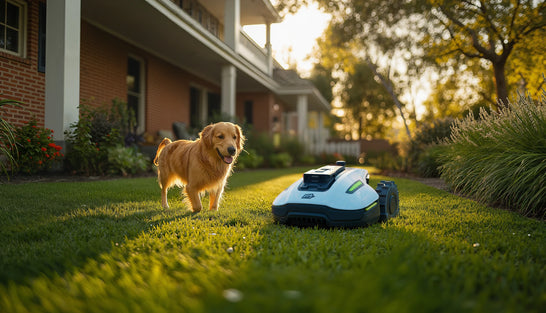

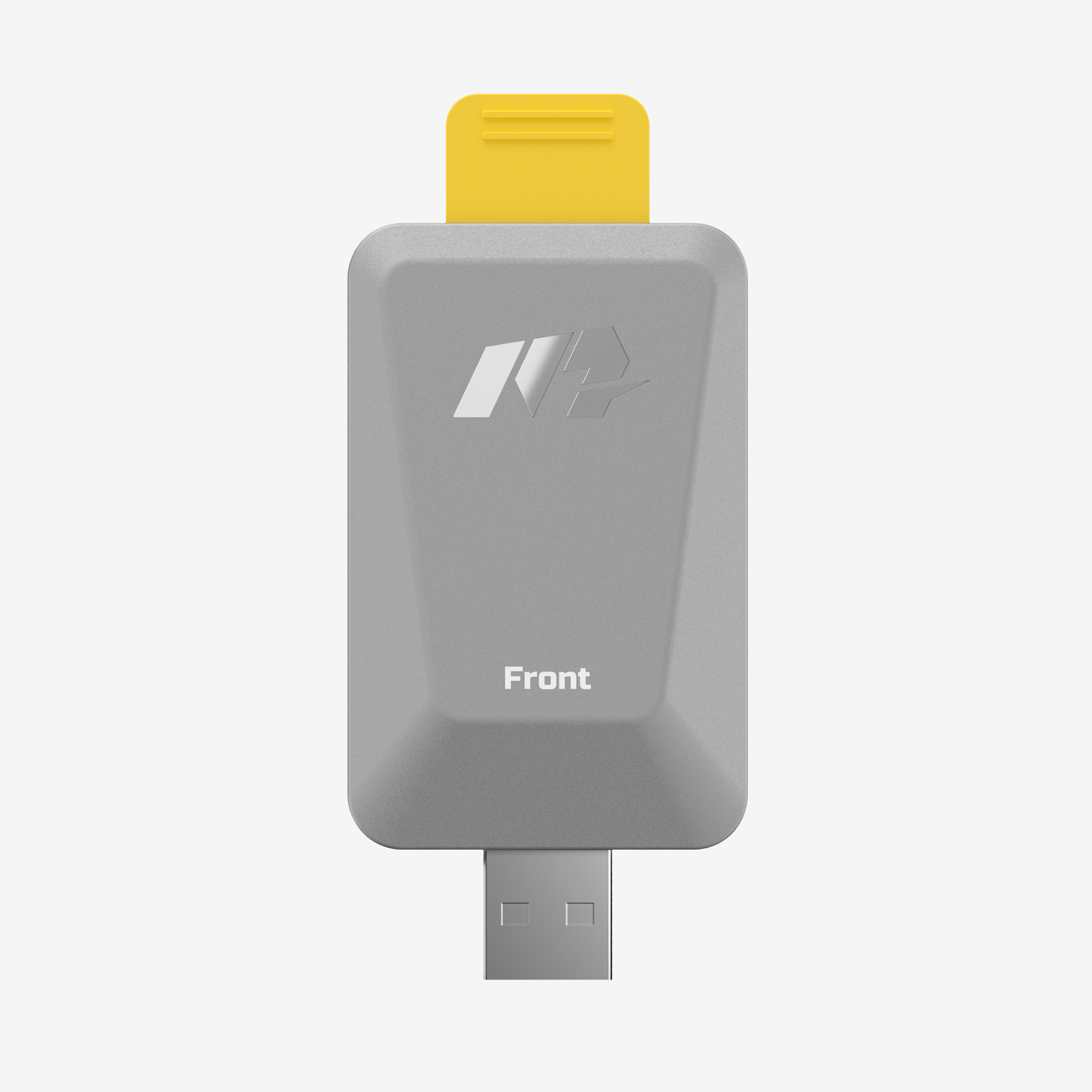


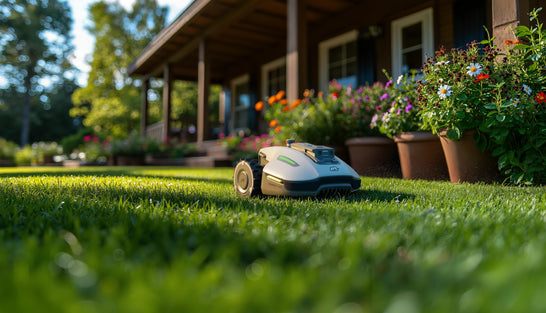

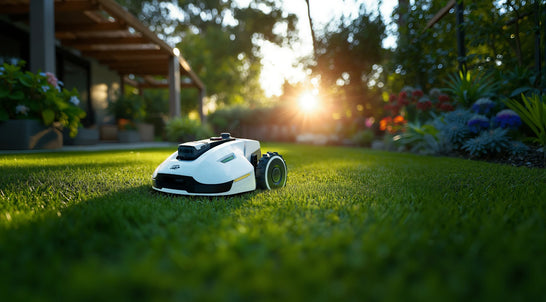


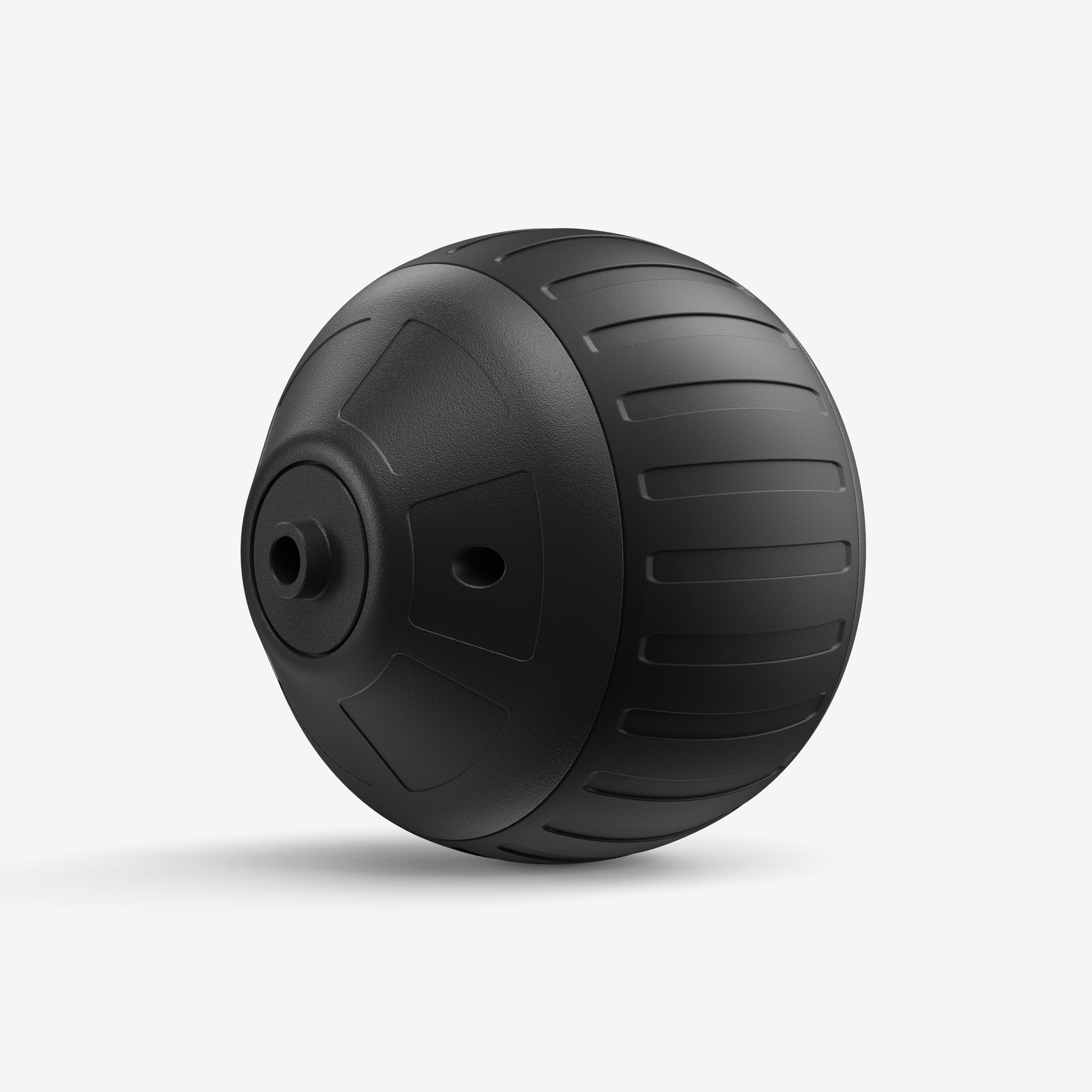
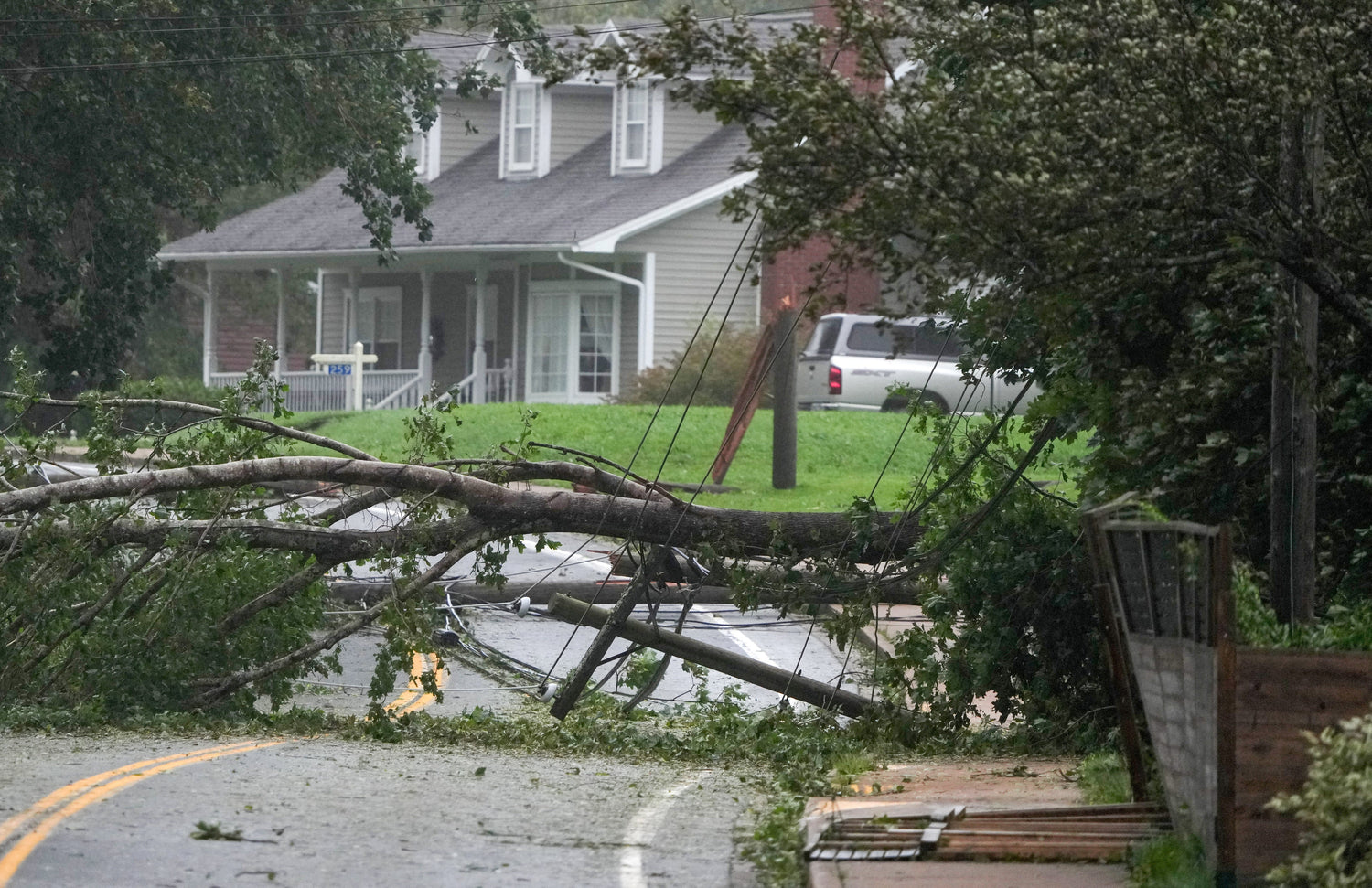
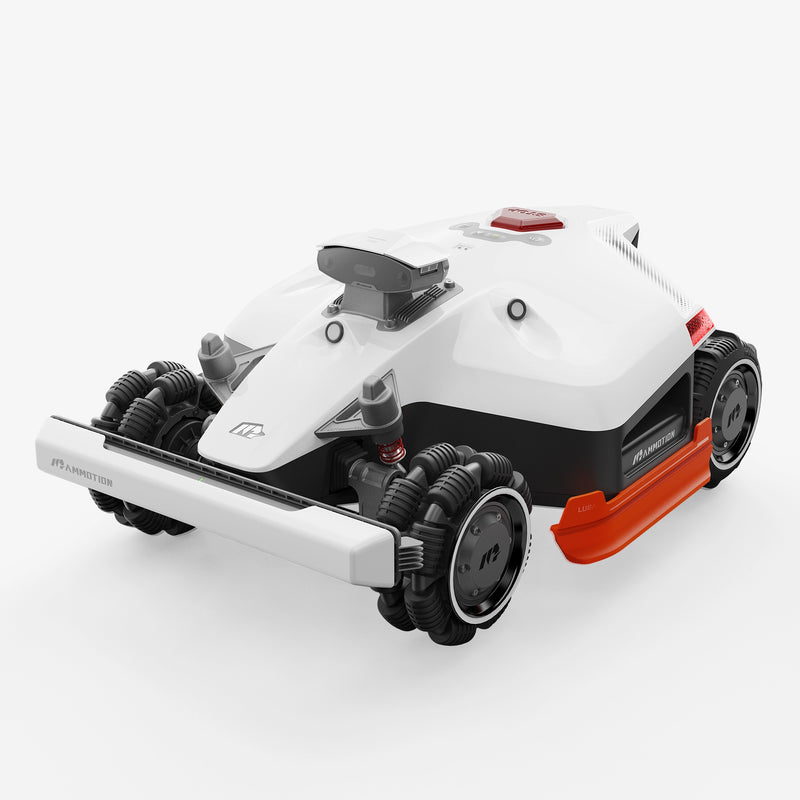
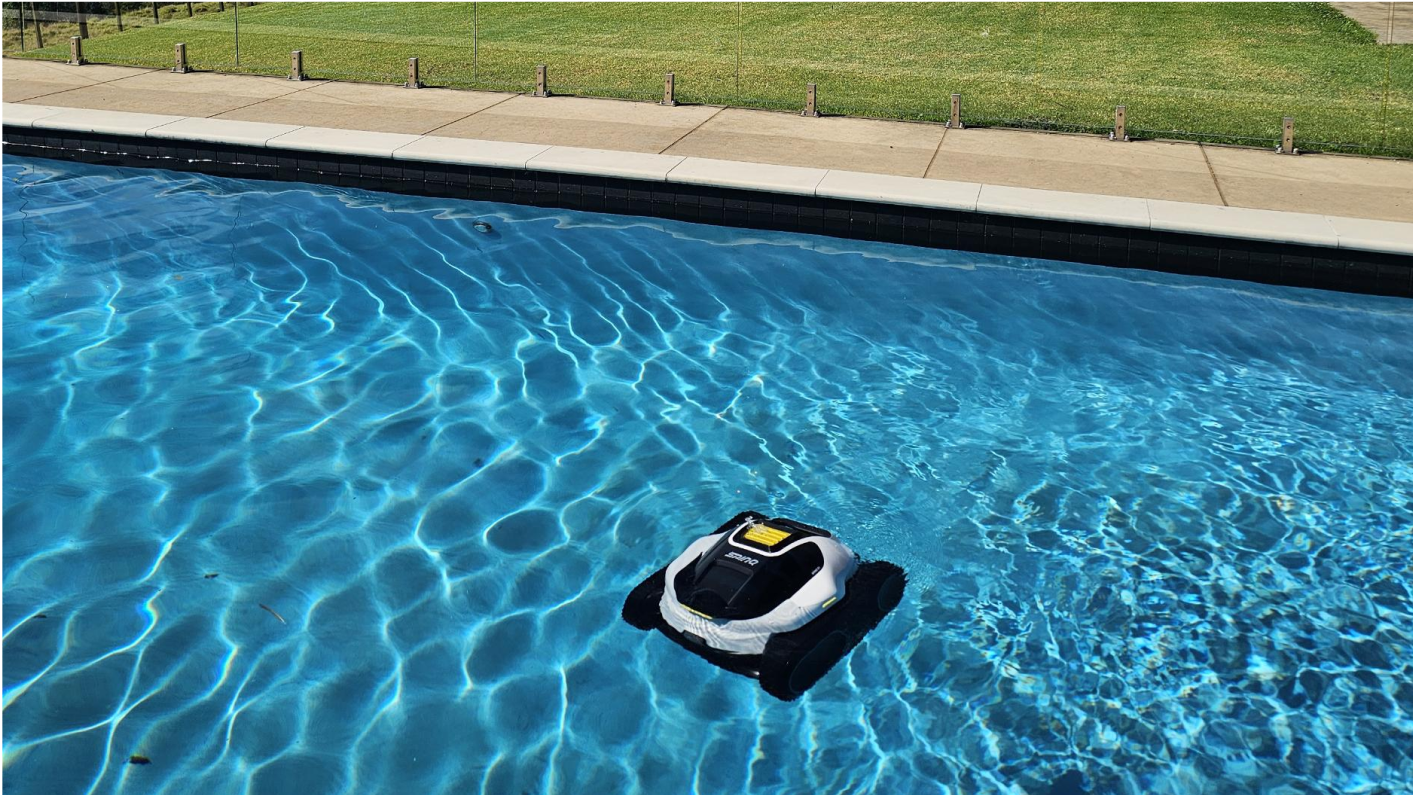
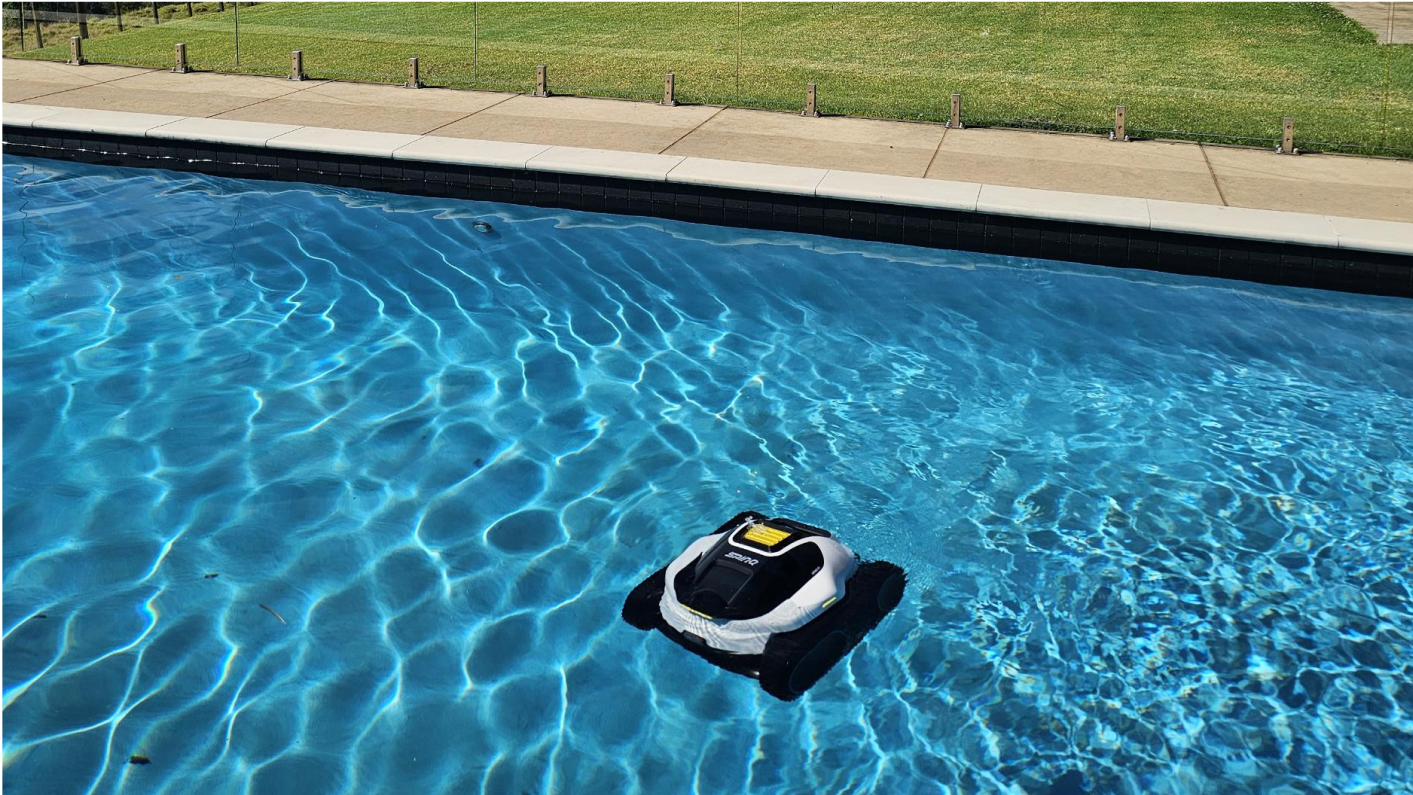
Leave a comment
This site is protected by hCaptcha and the hCaptcha Privacy Policy and Terms of Service apply.